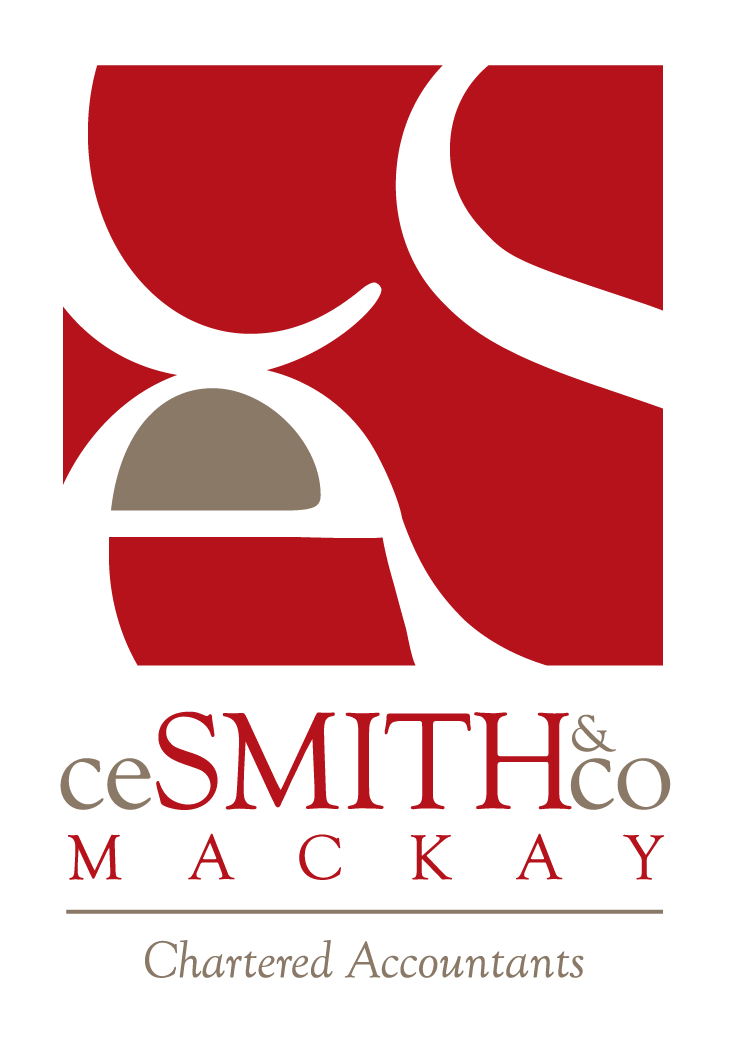Financing Motor Vehicles
One of the most common decisions facing business is how to finance and account for the acquisition of a motor vehicle. There are numerous ways of doing so, with each resulting in differing accounting, taxation and GST treatment.
OPTIONS
How should you go about purchasing a vehicle? While it may seem a relatively straight forward question, there are numerous ways of doing so. Some of the more common methods are:
■ Outright purchase
■ Lease
■ Hire purchase, or
■ Chattel mortgage.
Outright purchase
The advantage of purchasing a vehicle outright, as opposed to financing the acquisition of the vehicle, is that there will be no ongoing costs of finance. This isa real benefit now that interest rates are on the rise. On the downside, the outright purchase of a vehicle can impact greatly on the cash resources of an entity when those funds may be better utilised elsewhere. It is far easier to obtain finance for the acquisition of a vehicle than it is for the acquisition of trading stock. Care should therefore be taken not to cripple your business’s cashflow if considering an outright purchase.
Lease
Rather than choosing to acquire a vehicle outright, your business may elect to finance the acquisition. The central issue that surrounds any form of financing, and how it is to be accounted for, is whether the person providing the asset under the finance arrangement is the legal owner of that asset. This issue goes to the heart of how the finance transaction is to be treated and is often the subject of ATO scrutiny.
The ATO has warned taxpayers about the trap of claiming deductions for what appear to be lease payments when in fact the finance arrangement is a hire purchase or similar type of transaction. The only way to identify the difference is to read the terms and conditions of the finance agreement.
The ATO will consider a finance arrangement to be a lease when:
■ there is no option to purchase the vehicle written into the agreement, and
■ the residual value reflects a bona fide estimate of the vehicle’s market value at termination.
If these two conditions are not met, the ATO considers the finance agreement to be a hire purchase or other instalment type agreement.
Under a leasing arrangement, the lease payments are a deductible amount to the extent the vehicle is used for income producing purposes, and the financed sum is not typically booked on the balance sheet of the entity.
Hire purchase
This is simply another form of finance. Its tax and GST treatment however is vastly different from both that of leasing and acquisition by chattel mortgage. As a result, this form of finance needs to be considered on its own merits.
In essence, a hire purchase arrangement is an agreement to purchase goods by instalments. The term hire purchase is defined as:“ a contract for the hire of goods where:
i )the hirer has the right or obligation to buy the goods; and
ii) the charge that is or may be made for the hire, together with any other amount payable under the contract (including an amount to buy the goods or to exercise an option to do so), exceeds the price of the goods; and
iii ) title in the goods does not pass to the hirer until the option to purchase is exercised; or
iv) where title in the goods does not pass until the final instalment is paid”.
Unlike a lease, where there is no obligation to acquire the goods at the end of the instalment period, a hire purchase arrangement provides for this obligation and as such the goods will be eventually owned by the purchaser.
Chattel mortgage
A chattel mortgage from the perspective of recording the asset purchase and recognising the liability is identical to that of a hire purchase arrangement. The difference between a chattel mortgage and other forms of finance such as hire purchase and lease comes when dealing with the GST consequences.


